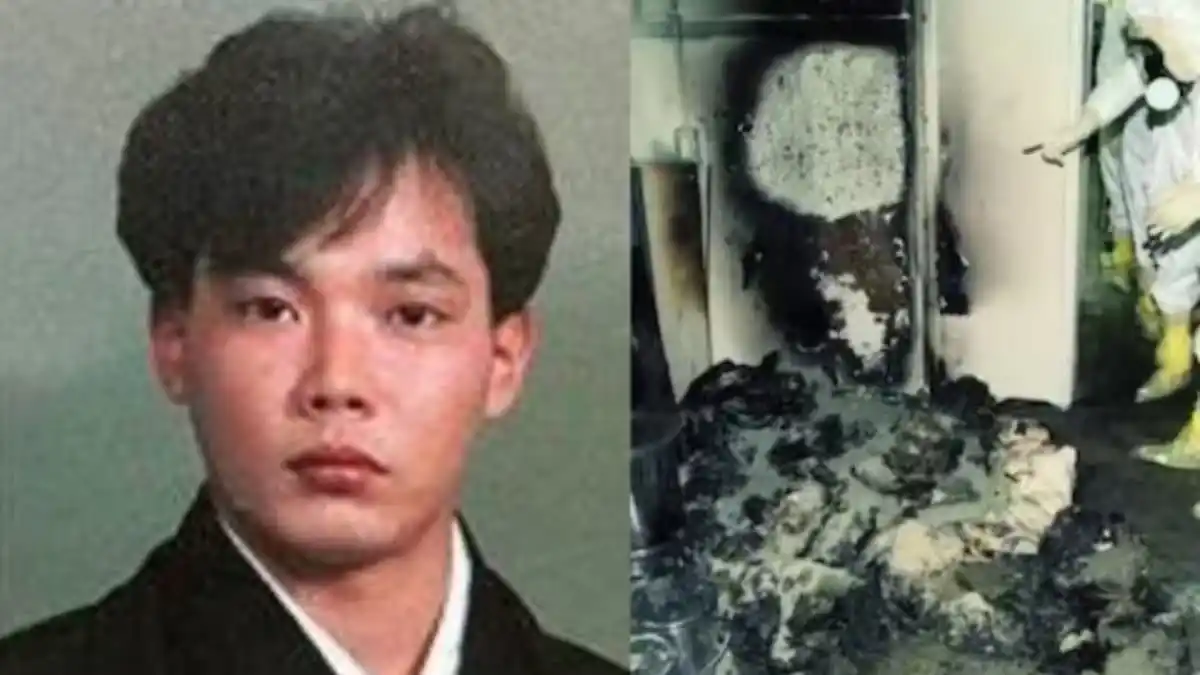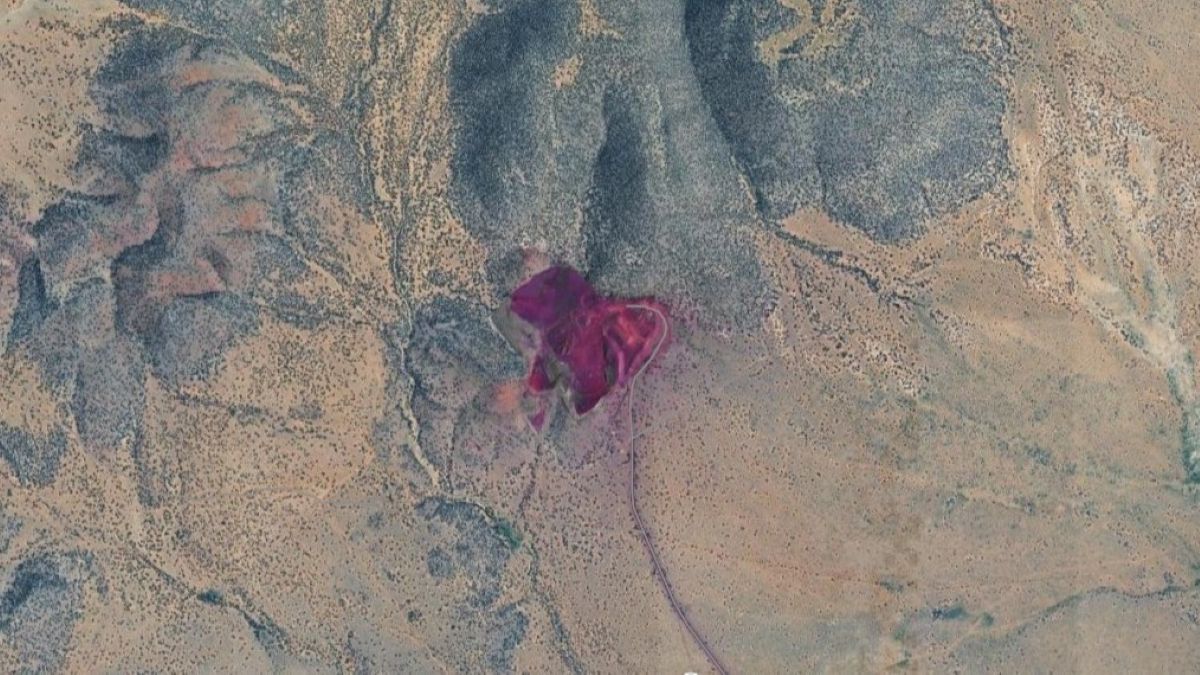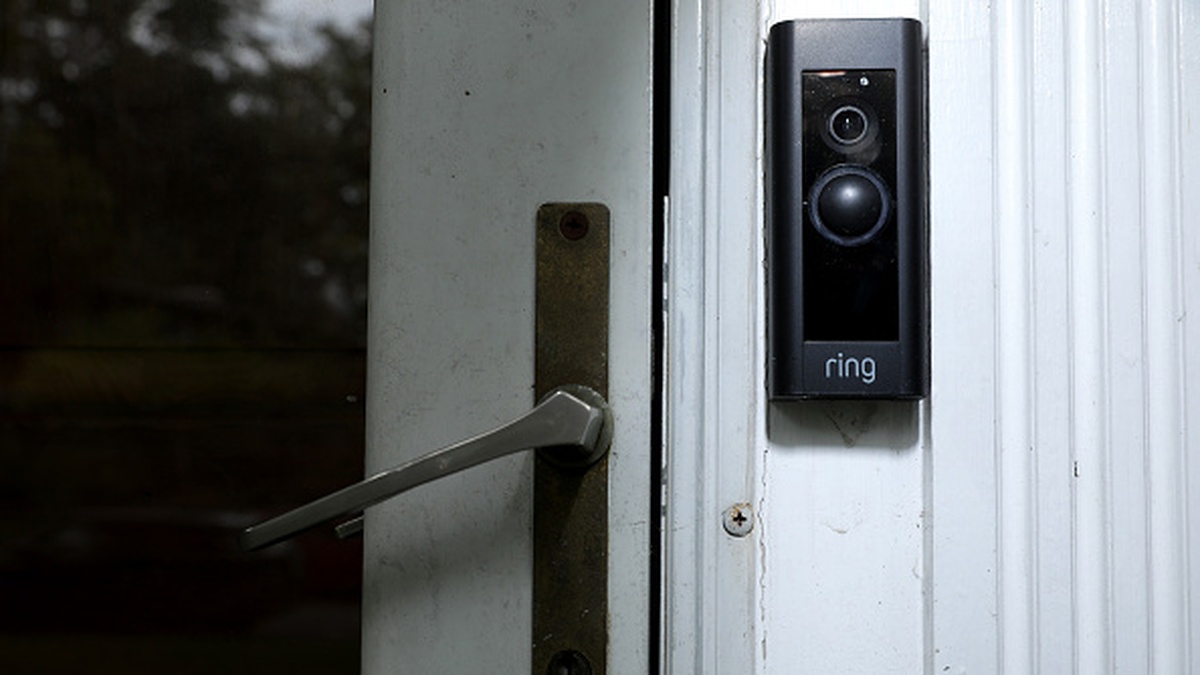As far as nuclear meltdowns go you’ve likely heard of the big ones like Chernobyl or Fukushima. But there was one accident in the nineties that, while not as huge, led to one of the most horrific deaths ever recorded.
Who is Hisashi Ouchi?
Hisashi Ouchi was a 35-year-old father and husband who worked at the Tokaimura nuclear fuel processing plant in 1999. Due to a deadly set of circumstances involving human error, poor safety regulations, and just plain bad luck, Hisashi would go down in history for possibly experiencing the biggest dose of radiation any human has ever received.
What happened at Tokaimura?
According to an article from How Stuff Works, On September 30th, 1999, Ouchi and a colleague were pouring intermediate-enriched uranium oxide despite having little experience handling the substance. Unbeknownst to the two men they put too much into the tank, resulting in a criticality accident. A large dose of radiation was released and, unfortunately for Ouchi, he was the closest to the tank when things went south.
In a now archived article from the National Library of Medicine, it’s stated that 7 sieverts of radiation is enough to be considered lethal, Ouchi was exposed to 17 sieverts. Of course, he wasn’t the only one affected, his co-worker, Masato Shinohara also received a deadly dose of 10 sieverts and Yutaka Yokokawa received 3 sieverts. On top of those three, 56 other workers were exposed to the radiation as well. It’s sad to think the whole accident could have been avoided had safety procedures been followed correctly and pressure had not been put on the engineers.
The aftermath
Hisashi Ouchi survived the initial radiation exposure although was suffering a great deal of pain very soon afterward. According to an article from All That’s Interesting he was struggling to breathe and was covered in radiation burns when he was brought into the hospital. Unfortunately for him, his ordeal was just beginning.
Ouchi’s condition spiraled at a rapid pace, he was unable to generate cells, he had no white blood cells at all and his chromosomes had broken apart; basically, his body was decaying while he was still alive. The outer layer of his skin would eventually completely deteriorate and he would also require oxygen. Ouchi underwent skin grafts, blood transfusions, and even a revolutionary new stem cell procedure, but nothing could fix the fact his very cells were breaking down in his body.
Disturbingly, doctors kept Ouchi alive for nearly three months despite him being in an unbelievable amount of pain and begging doctors to let him die. 59 days after the initial accident he had a heart attack but was revived by doctors at the request of his family. On December 21 1999 Ouchi’s body finally gave out for the last time, 83 days after the accident.
Nowadays Hisashi Ouchi’s story is used as a cautionary tale on the importance of safety procedures when handling any kind of nuclear material. Though it’s a horrific tale, it was a wake-up call, and important lessons were learned and laws revised according to a report published by the International Atomic Energy Agency. Thankfully there hasn’t been another case quite like this, it’s got to be up there for one of the worst ways to die in human history.











Published: Apr 8, 2024 08:23 am